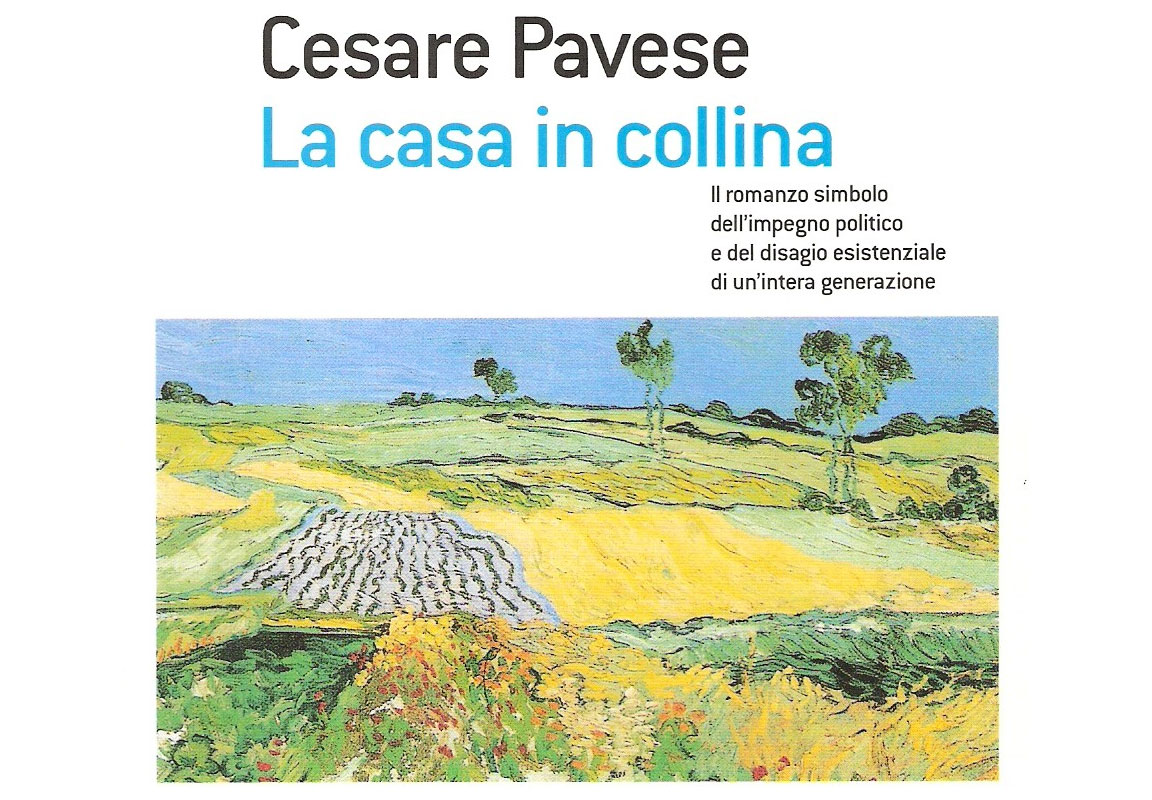Casa In Collina Pavese Pdf Creator
Last Modified. March 20, 2019Creator. Borgotallo, Lorenzo Stefano. Affiliation: College of Arts and Sciences, Department of Romance StudiesAbstract. My dissertation proposes to define Italian Neorealism, in the context of the cinematic and literary aftermath of WWII, as a specific and new kind of experience: a new way of experiencing the world, a life-experiment through artistic means, in which the recurrent mythologem of the Orphan-child appears as a powerful symbol of crisis and renewal, liminality and subversion, capable of putting into question every camp-thinking attitude as such.
My thesis is that, through the prism of the Orphan-child, Italian Neorealism represents a renewed interest in the Other as a possible world-to use Gilles Deleuze's insightful definition; namely, a willingness to accept an open-ended, inclusive, elaboration of the real, as opposed to the rigidly encamped and cliches-ridden way of looking at the world, typical of the Fascist frame-of-mind and of the Bourgeois attitude towards the Other. As far as theory is concerned, my study connects cinema and literary history and criticism with myth criticism and post-structuralist theory. The novelty of such an approach is not only in my privileging the mythological overtones of Italian Neorealism, but also and foremost in acknowledging the deep interconnections that exist between Neorealist films and novels of the 1940s and the more general cultural milieu of the time. Chapter one illustrates the cultural, political and ethical break-or awakening-of Italian Neorealism from the myths and cliches perpetuated by Fascism and Bourgeois camp-thinking.
Chapter two and three focus on the linguistic and/or perceptive subversiveness of the mythologem of the Orphan-child, as it constantly resurfaces, respectively, in three key-films and three key-novels of the time: De Sica's The Children Are Watching Us (1943), Rossellini's Open City (1945), De Sica's Miracle in Milan (1951), Moravia's Agostino (1944), Calvino's The Path to The Spiders' Nests (1947) and Pavese's The House on the Hill (1949). In the conclusion I propose to define the six works previously analyzed as examples of an anti-Bildung approach: an expression of the open-ended interpretation of the real advocated by the Neorealist cultural milieu and a courageous attempt-still valuable today-to finally move beyond camps.Date of publication. August 2011DOI.Resource type.Rights statement. In CopyrightNote. '.

Casa In Collina Pavese Pdf Creator Online
In partial fulfillment of the requirements for the degree of Doctor of Philosophy in the Department of Romance Languages (Italian).' Advisor. Luisetti, FedericoLanguage.Publisher.Place of publication. Chapel Hill, NCAccess. Open access.